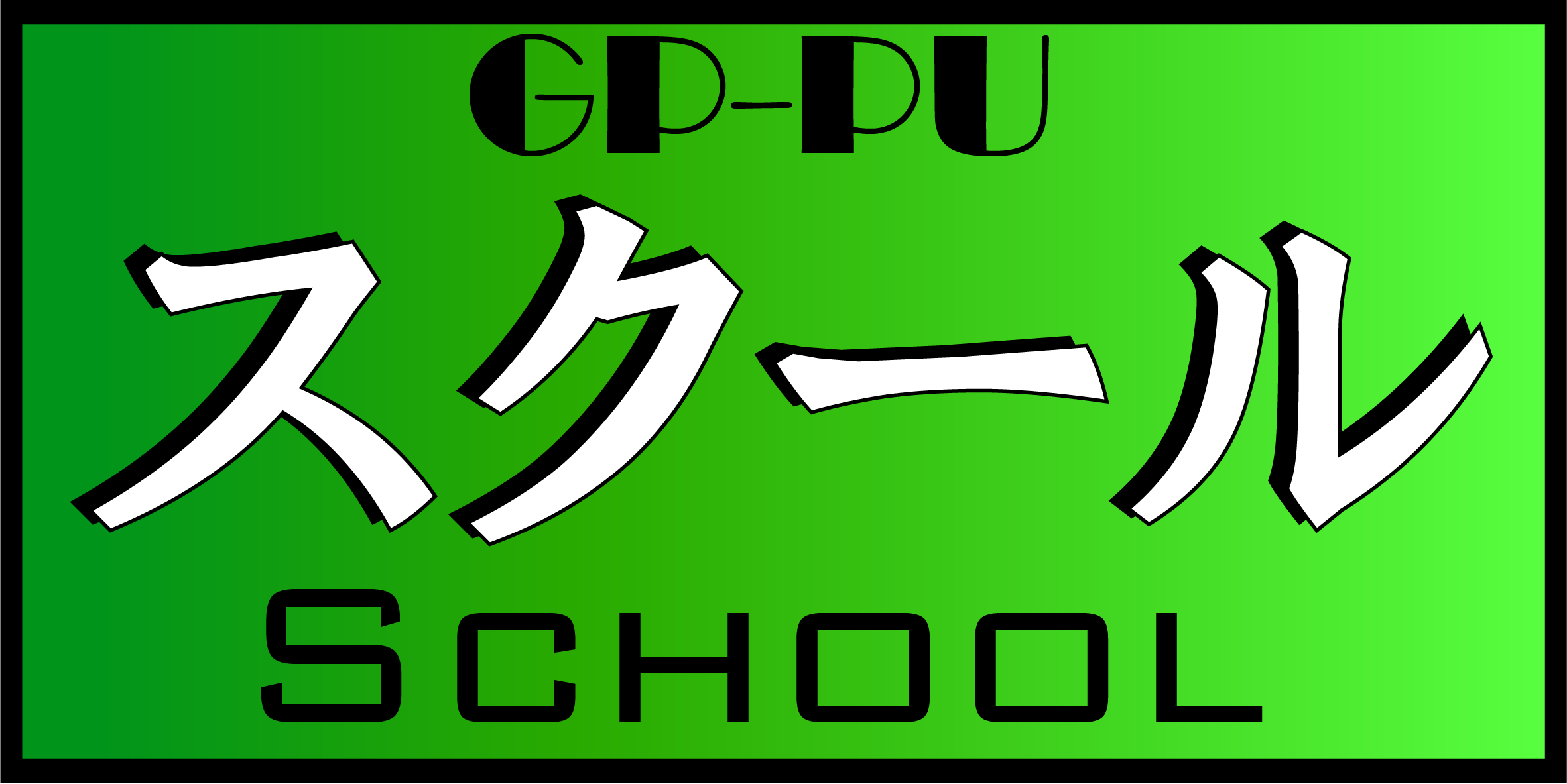Syllabus 2025
The following courses are open in the Japanese fiscal year 2025:
P1 (Dr. Ikeda, Feb/Mar 2026)
P3 (Dr. Ishidoshiro, Fall 2025)
P5 (Dr. Ichikawa and Dr. Ashida, Summer 2025)
P6 (Dr. Kishimoto, Summer 2025)
N1 (Dr. Ishidoshiro and Dr. Miwa, Nov 2025)
N2 (Dr. Miwa, Summer 2025)
N3 (Dr. Kaneta, Anytime)
A1 (Dr. Akiyama, Winter/Spring 2026)
A3 (Dr. Hattori, Anytime)
A4 (Dr. Akiyama, Summer 2025)
A5 (Dr. Noda, Winter 2025/2026)
Archive:
2024
,
2023
,
2022
,
2021
,
2020
,
2019
Syllabus in PDF can be downloaded below.


